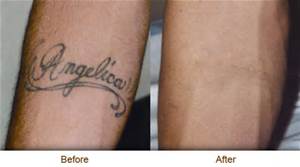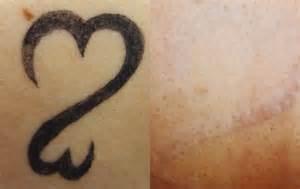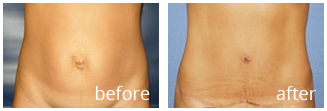Let's Keep in Touch
Sign up now for our email list and you'll get first dibs on the latest news and special offers from Dr.Perry Jr. Rest assured, we never share your email info.YAG Laser
Just about everyone have a few obvious brown spots on their skin. Freckles, ‘age spots’, ‘liver spots’, and various birthmarks are just a few of the commonly known marks, generally referred to as pigmented lesions. Although most brown spots are easily ignored, many are quite conspicuous and can detract from your skin’s natural beauty.
Melanin is what gives our skin its color. Dark or light complexioned, we all have varying amounts of melanin. Pigmented lesions are dark in color simply because melanin is abnormally concentrated in one area of the skin. High concentrations of melanin can be due to various factors. Some types are present at birth, but most occur with age or as a result of over exposure to the sun’s damaging rays.
Pigmented lesions can be successfully lightened or removed with modern laser technology. A laser removes pigmented lesions with the energy of light. A laser is designed to produce one or more specific light wavelengths which are absorbed by the pigment. Pigmented lesions are either lightened or removed when the laser light passes through the skin but is absorbed by abnormal concentrations of melanin. The rapid absorption of light energy causes the melanin to destruct to a point where the melanin concentration is reduced, leaving the treated skin looking uniform in color and texture.

The Medlite Q-switched YAG laser is one of the most advanced lasers available today for the removal of pigmented lesions. The Medlite provides the appropriate wavelength of light for absorption by abnormal melanin concentrations. The Medlite also delivers the light in very short, high intensity pulses for maximum melanin destruction. The use of this specific combination of wavelength and rapidly pulsed light results in minimal damage to normal skin while providing maximum abnormal melanin removal.
Questions you may have about the Medlite pigmented lesion removal process
What types of brown spots or pigmented lesion will the Medlite remove?
The Medlite is most commonly used for removing brown age spots, “liver spots”, freckles and many brown birthmarks. Your physician will identify your specific type of lesion and discuss the removal success rate associated with it. Important: The laser cannot be used for the removal of lesions that are cancerous or suspected of being cancerous. If there is any doubt, your physician will discuss the appropriate treatment methods with you.
Why doesn’t the Medlite remove my normal skin pigmentation also?
The laser light of the Medlite was designed for its properties that selectively target dark concentrations of melanin. If after the abnormal concentrations of melanin was removed, and treatment continued on normal skin, some whitening could occur. However, your body’s natural regenerative system would replace the normal melanin after a period of time, resuming the skin to its natural state.
Is the process painful?
The Medlite laser emits light in very short flashes of light called pulses. The impact of the energy from the powerful pulse of light is similar to the snap of a thin rubber band. After the treatment, the area will feel similar to a slight sunburn. Typically, within a day or so, any discomfort disappears. The area may remain reddened for two to four weeks. After the redness clears, the skin is resumed to its natural smooth coloring and texture.

How many treatment sessions will it take to remove the pigmented lesion?
At least 80% of all common pigmented lesions are removed with one treatment. If a lesion covers a large area, your physician may want to treat the area in several stages, to avoid unnecessary discomfort.
Can the excess pigmentation come back?
Common pigmented lesions do not return. Some birthmarks may return after a period of several months to a year. However, the procedure can be replaced with similar results.
What type of post-treatment care is necessary?
An antibacterial ointment will be initially applied to the area. A shower can be taken the next day, but avoid scrubbing the treated area. Since common pigmented lesions are caused by exposure to ultraviolet sunrays, it is imperative that you always wear sunscreen. Failure to wear a protective sunscreen will allow further sun damage to occur and result in new pigmented lesions. Your physician will recommend the appropriate level of sunscreen protection for your specific skin type.


